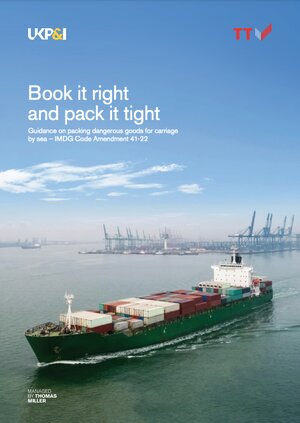Guidance on packing dangerous goods for carriage by sea – IMDG Code Amendment 41-22
This guide is intended to support shippers, forwarders, shipping line booking staff and those who pack dangerous goods into cargo transport units for carriage by sea in the technical aspects of the IMDG Code.
Last updated: May 21, 2024


